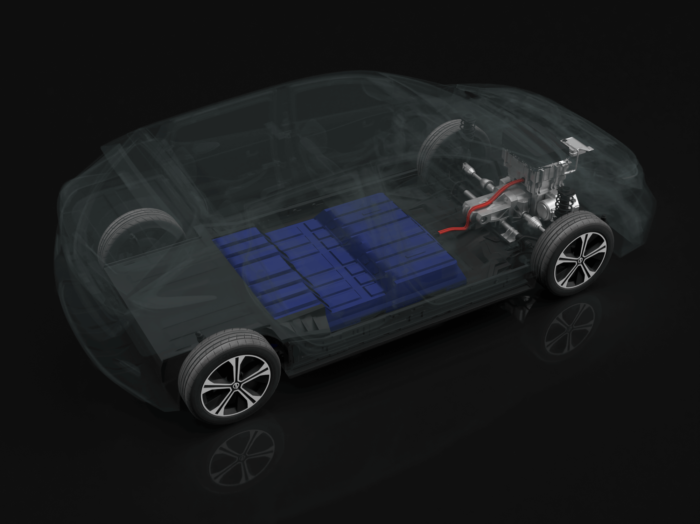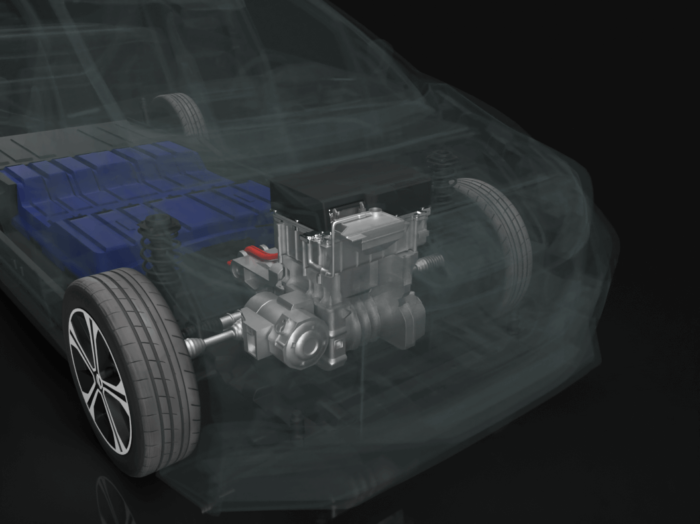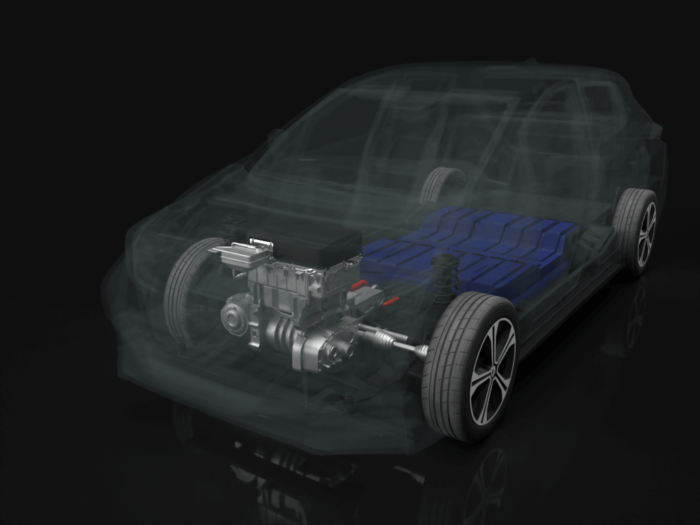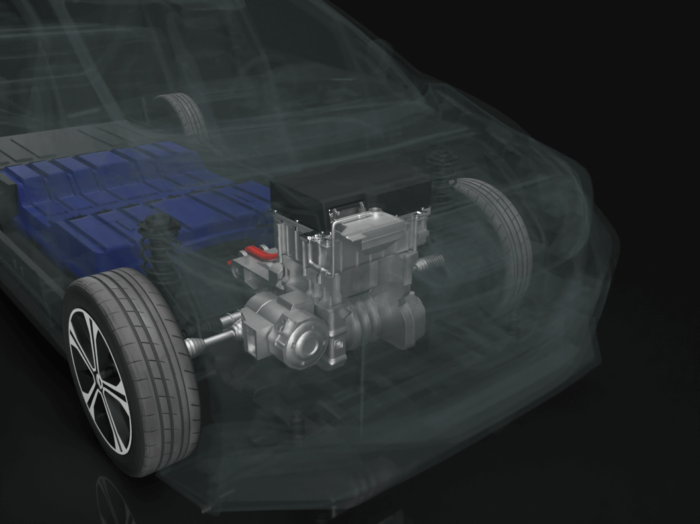Electric cars are certainly due to be the future, with the government requesting that only electric vehicles are driven on UK roads by 2030. That only gives us 10 years to make the switch to electric. But how exactly do these cars work and what do they look like under the bonnet? Read on to find out.
How electric cars work
There are several essential components that an electric car requires in order to function correctly and safely. These include the electric motor, the battery pack, the on-board charger, the charge port, the controller unit, the DC/DC converter and the electric transmission.
Arguably one of the most important parts of an electric car is the battery. The lithium ion battery needs to store electricity that can be used by the motor to move the car and is usually made up of lots of batteries packed together to create what’s known as a ‘stack’. It needs quite a large surface area and is very heavy, making electric cars heavier than their fossil fuel counterparts.

When the car is fully charged, the power that’s stored in the battery can be used to work the motor. The motor is what’s needed to power the two front wheels, creating movement so that you can get from A to B. Most electric cars have just one motor, but for those that require four-wheel drive, such as the Jaguar I-Pace, two motors are needed – one powers the front wheels while the other powers the rear.

Without the motor, the car wouldn’t be able to run, but there are some other essential parts too. A controller unit, sometimes called the power electronics controller, is required to control how much power is carried from the battery to the motor. It can deliver electricity thousands of times a second, and doing this helps to create the feeling that you’re driving a fossil fuel car.
These engines also need something that can convert the current from alternating current (AC) from the charge port into direct current (DC) that can be used by the battery. An on-board charger does this so that the battery can store usable electricity in the correct format. A DC/DC converter is also required to provide lower voltage for the auxiliary battery. The auxiliary battery provides power for things like the headlights and radio. Having a separate battery to control these things means that they will still work, even if the car loses power from the main battery. However, the auxiliary battery requires a lower DC and so the converter is required to do this.
Finally, a thermal cooling system is in place to prevent the battery and other parts of the motor from overheating.
An electric vehicle has 90 per cent fewer moving parts than a combustion engine, meaning maintenance costs can be lower and there’s less chance of something going awry. They can drive for up to 375 miles on one charge, producing zero tailpipe emissions.
What does an electric car engine look like?


As with most cars, the motor and other important features, such as the DC/DC converter, are located in the front of the car, underneath the bonnet. The battery is usually positioned underneath the vehicle as it is quite big and needs a large amount of surface area. This is also because the batteries are very heavy, and locating them centrally helps to keep the car’s centre of gravity low and improves handling.
